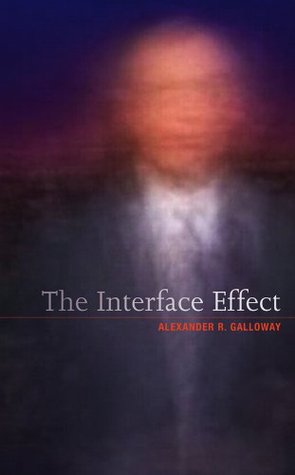More on this book
Kindle Notes & Highlights
The five principles – numeric representation, modularity, automation, variability, and transcoding – are not to be understood as universal laws of new media. Rather, they describe some of the aesthetic properties of data, and the basic ways in which information is created, stored, and rendered intelligible.
“the visual culture of a computer age is cinematographic in its appearance, digital on the level of its material, and computational (i.e., software driven) in its logic”
Painting assembles a space. But it is always a proximal space, a bounded space of textures and things brought around, not too close exactly, but certainly unconcealed and arrayed for handling.
If the movie screen always directs toward, the computer screen always directs away. If at the movies you tilt your head back, with a computer you tilt in.
Books are written on the subject. Conferences are devoted to it. The net is nothing if not the grand parade of personality profiles, wants and needs, projected egos, “second” selves and “second” lives.
Recall the famous pronouncement from Friedrich Kittler that all technical media either store things, transmit things, or process things.
Likewise one hears stories about computers being “possibility” machines: they operate not through vague estimations of practice, but through hard, machinic possibilities of truth or falsehood, openness or closedness, on or off.
Instead of facilitating the metaphysical arrangement, the computer does something quite different: it simulates the metaphysical arrangement. In short, the computer does not remediate other physical media, it remediates metaphysics itself (and hence should be more correctly labeled a metaphysical medium).
The metaphysical “medium” of essences and instances is fundamentally dead today. And because it is dead, the medium of essences and instances reemerges in a new mediatic form, the computer. Informatic machines do not participate in the worldly logic of essences and instances, they simulate it.
The metaphysico-Platonic logic of object-oriented systems is awe inspiring, particularly the way in which classes (forms) define objects (instantiated things): classes are programmer-defined templates, they are (usually) static and state in abstract terms how objects define data types and process data; objects are instances of classes, they are created in the image of a class, they persist for finite amounts of time and eventually are destroyed. On the one hand an idea, on the other a body. On the one hand an essence, on the other an instance. On the one hand the ontological, on the other the
...more
Cinema so captured the twentieth-century imagination that it is common to assume that other media are also at root cinematic. And since the cinema is, in general, an ontology (in particular it is a phenomenology), it seems logical to assume that other media are ontological in the same way. The computer however, is not of an ontological condition, it is on that condition. It does not facilitate or make reference to an arrangement of being, it remediates the very conditions of being itself.


